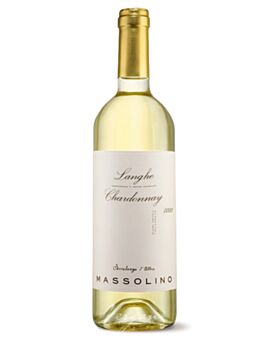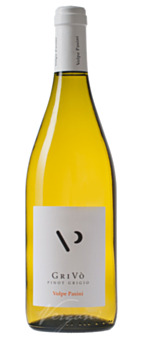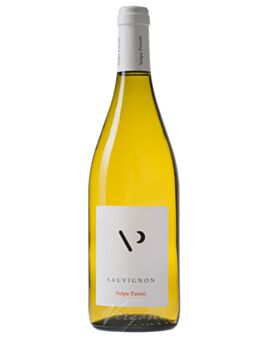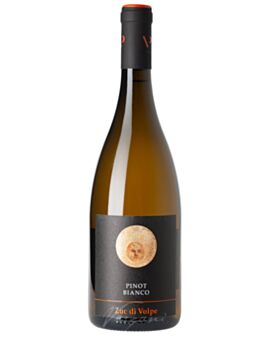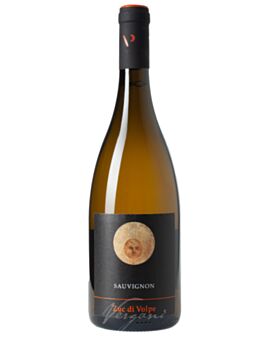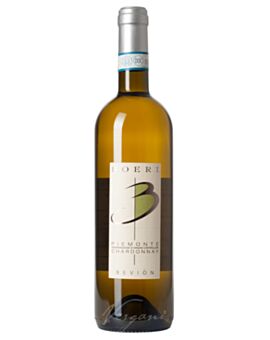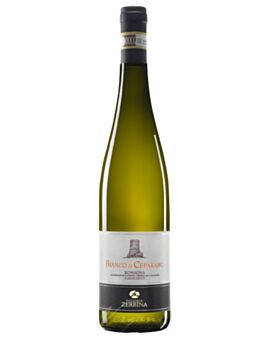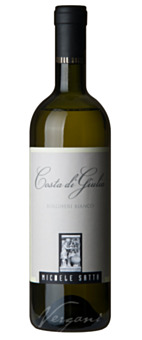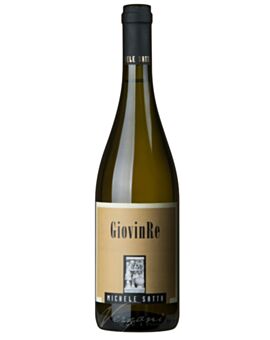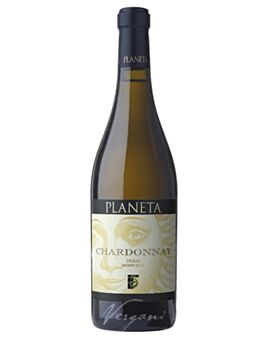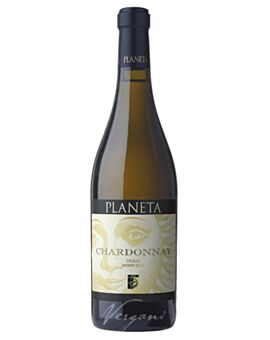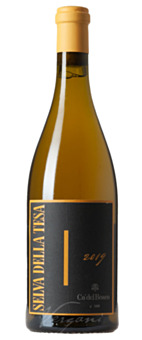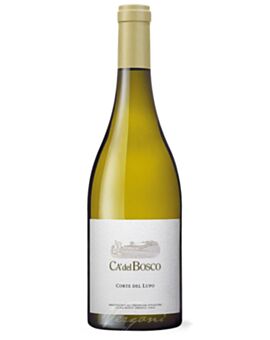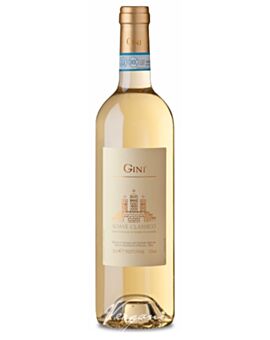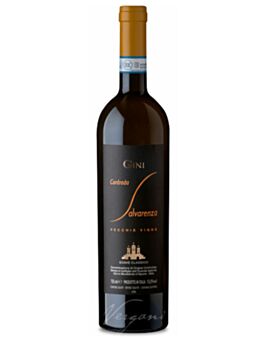White wine | Vino bianco


White wine
White wines are becoming increasingly popular because they often have less alcohol than reds, come across as fresh, and because they can blend very well with modern, light cuisine. It's fascinating how they can be profound and complex on the one hand, and on the other hand, ring in an evening in a relaxed and fruity manner. We enjoy this, and that's exactly why we also place particular emphasis on a multi-layered white wine program.
How is white wine made?
White wine can be made from yellow, white, gray or red (Blanc de Noir) grapes. After harvesting, they are (usually) separated from the stems and pressed. Thus, the grape must is separated from the skins. Unlike in red wine production, the grape skins are usually not left in contact with the must. And yet, if you ferment white berries on the mash like red wines, you get mash-fermented white wines, so-called orange wines.
Classically, in white winemaking, grape must enters fermentation tanks where fermentation takes place. During fermentation, yeasts convert the sugar in the grape must into alcohol. In order to control the desired flavors and character of a white wine, the temperature is controlled during fermentation. After fermentation, clarification is usually performed to remove unwanted solids from the wine. This can be done by filtration or sedimentation. Subsequently, the wine is usually stored for a period of time, which allows the flavors to develop and the wine to stabilize. White wine comes in many styles, ranging from dry to sweet, still to sparkling. Of course, as with red wine, a wide range of aromas and flavors are possible with wine made from light grape skins, ranging from fruity and floral to mineral and nutty. The choice or blend ratio of grape varieties and the combination of different production techniques influence the character of the wine. This makes for a fascinating variety, which makes the white wines sometimes refreshing, sometimes simple, sometimes structured or complex and profound. Today, white wines tend to be recommended more and more often with the individual courses in menus. On the other hand, there are also so-called "meditation wines", for which the only question is with whom (and not with what) you want to share them.
What is the role of acidity in white wine?
Acidity in white wine plays an important role in its taste, structure and storability. The acidity in wine comes mainly from the grapes themselves, which contain natural acids such as malic and citric acid. Acidity in white wine gives it freshness, liveliness and crispness. It can stimulate the palate and make the wine come across as refreshing. A balanced acidity is important, it helps to keep the flavors in balance and gives it its "drinkability". The intensity of acidity varies depending on the type of wine. Some white wines, such as Riesling or Sauvignon Blanc, contain a higher natural acidity, which gives them a lively and crisp note. Other grape varieties, such as Chardonnay, Pinot Blanc or Pinot Gris, may have milder acidity and texture. Acidity in white wine can also interact with other flavor components, for example, accentuating a wine's fruitiness or balancing its sweetness or softening the effect of tannins (if present). Over the years, during aging, the acidity in white wine decreases, resulting in a softer and less crisp wine. Generally speaking, acidity in white wine is an important component that influences its characteristics and taste. It contributes to the diversity and complexity of white wines and is an essential aspect in terms of evaluation, selection or food pairing.
Should you carafe white wine?
Caraffing white wines is not as common as it is for red wines, but it can be beneficial in certain cases. Caraffing, the transfer of wine into a decanter, allows the wine to aerate and can help develop the aromas and open up the wine. Some white wines, especially those with more powerful flavors or longer aging, can benefit from a short carafe. This can help the wine "breathe" and bring out its flavors better. However, white wine should not be left in the carafe for too long, as it can oxidize more quickly than red wine. Young, light white wines do not need additional aeration as they already have full aromatics and should retain their freshness and liveliness. The decision whether or not to carafe a white wine depends on several factors: Wine type, age or personal preferences. Small tip: carafe a quarter of the bottle in advance and observe whether the wine benefits from the process or not.
How long can you store white wine?
As with red wine, some white wines can be stored better than others. Most white wines are clearly designed to be enjoyed young and fresh to bring out their vibrant flavors and crisp acidity. Nevertheless, there are certain white wines that can benefit from aging, but they must possess certain characteristics that will help them achieve storability. White wines with potential for aging often have a rich acid structure, they are clearly sweet or have a fruit-acid balance and, in any case, an intense concentration of aromas and, where appropriate, tannins. White wines with high acidity and intense aromas, such as certain Rieslings or Chardonnays, can develop fabulously over time, forming complex flavors. Needless to say, make (aging method, et cetera) and vintage are important factors that affect the shelf life of white wines. In general, the shelf life of white wines is shorter than that of red wines, although exceptions prove the rule. In any case, most white wines reach their peak within three to five years after the vintage.
What is the perfect drinking temperature for white wine?
The drinking temperature of white wines is lower than that of red wine. The temperature has an influence on the taste and perception of the wine. Cool temperatures help preserve the aromatic compounds in white wine and bring out its flavors better. When the wine is chilled, certain volatile compounds are released less, which can make the wine seem fresher and more fragrant as the acidity is better balanced. And yet, a low temperature should never mask the quality of a white wine. In other words: outstanding white wines can and should be enjoyed a little warmer (12°C to 14°C).
How relevant is the acid balance?
White wines often exhibit higher acidity than red wines. When white wine is cool, the acidity is perceived as better balanced and the wine appears fresher and crisper overall. Warmer temperatures can accentuate the acidity in white wine and make the wine appear sour or flat. So drinking temperature is a good way to get at the essence of a wine. Cooler temperatures make tannins (if present) less noticeable in white wines, resulting in a smoother texture and a pleasant mouthfeel. Warmer temperatures can increase the perception of tannins and, at worst, make the wine seem astringent. The fact that white wine is often perceived as more refreshing and lighter than red wine is definitely related to acid balance, with cooler drinking temperatures emphasizing the refreshing character. Cool a simple red wine and a white wine to 10°C and taste them both blind from black glasses. It is not so easy to find out the difference between white and red wine blindly. But good. Basically, light, fresh white wines, like Sauvignon Blanc or Pinot Grigio, are usually enjoyed well chilled at a temperature between 8°C and 12°C. This lower temperature helps to accentuate the wine's fruity aromas and acidity. For fuller-bodied white wines such as Chardonnay or Viognier, a slightly higher drinking temperature between 10°C and 14°C may be appropriate. This allows the more complex flavors and structure of the wine to develop more fully. Sweet dessert wines are often served slightly chilled at around 6°C to 10°C. The cooler temperature helps to balance the sweetness of the wine and keep its flavors tight.
Well known white wines from Italy
Italy is known for its diverse wine production and offers a wide range of white wines from different regions of the country. Here, some famous white wines from Italy:
Pinot Grigio: A popular and widespread white wine grown mainly in northern Italy, particularly in the regions of Alto Adige, Trentino and Friuli Venezia Giulia. It is known for its fresh acidity, light body and aromas of citrus and green apples.
Vermentino: A grape variety grown mainly in Tuscany, Sardinia and Liguria. Vermentino wines are characterized by a lively acidity, fresh aromas of citrus, exotic fruits and herbs.
Roero Arneis: A white wine from Piedmont, made from the Arneis grape. Roero Arneis wines are known for their refreshing acidity, distinct minerality and aromas of green apples, peaches and flowers. They often also have subtle nutty or herbaceous notes, as well as a slight bitterness on the finish that adds to their complexity.
Soave: A white wine from the Veneto region made from the Garganega grape. Soave wines are characterized by a pleasant acidity, light to medium body and aromas of pears, peaches and almonds.
Vernaccia di San Gimignano: A white wine from Tuscany made from the Vernaccia grape. Vernaccia wines have a fresh acidity, a delicate bitter note and aromas of citrus, flowers and almonds.
Trebbiano: A widely planted grape variety throughout Italy that produces a variety of wine styles. Trebbiano wines can be fresh and light as well as longer aged and more complex with aromas of citrus, apples and herbs.

